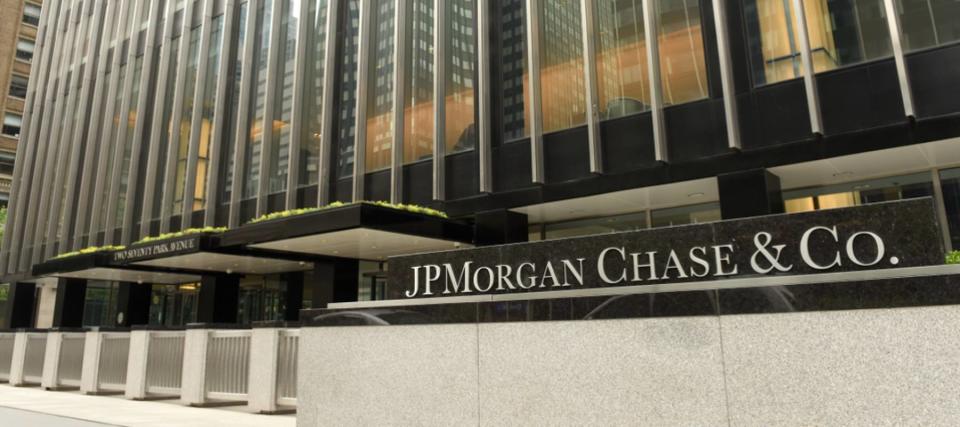America's 6 biggest banks are expected to set aside $4.5 billion in Q3 to cover future loan losses — why that's a clear bad sign for the global economy

Fears of a looming recession and a tightening economy are pushing the country’s big banks to prepare for the worst.
According to a report from Bloomberg, six of the biggest banks in the U.S. — JPMorgan Chase, Bank of America, Citigroup, Goldman Sachs, Wells Fargo and Morgan Stanley — plan to set aside about $4.5 billion to protect against loan losses in their third-quarter earnings.
Banks typically build up their loan loss provisions when there are concerns borrowers won’t be able to make their payments.
It’s not hard to see why they’re scrambling to prepare. The unrelenting increases in the federal funds rate set by the Federal Reserve — now at 3% to 3.25% — has already seen borrowers begin to default on loans, credit card payments and other variable-rate debts.
And by setting aside these massive reserves, banks are signaling they’re anticipating having to handle more losses in the future as consumers continue to feel the squeeze of rising interest rates and scorching-hot inflation.
Don't miss
A TikToker paid off $17,000 in credit card debt by cash stuffing
Too many Americans are still missing out on cheaper car insurance
Invest your spare change and turn your pennies into a productive portfolio
What these banks are reacting to
Lenders are already starting to feel the effects of the Fed's fight on inflation. Four of the biggest banks in the country are expected to report losses this week in their quarterly earnings reports, including JPMorgan Chase, Wells Fargo, Citigroup and Morgan Stanley.
Normally, a higher interest rate would be a good thing for banks — their earnings tend to rise with interest rates. But banks are seeing a dip amid the fluctuating markets — fewer deals are being made and investors are holding back as warning signs of a recession persist.
And that’s led many banks to add to their loss reserves.
The amount banks add to their loan loss reserves then gets subtracted from its earnings. Conversely, when a bank releases those reserves, that money is added to its earnings.
Banks and lenders adjust their cash reserves according to the potential losses on their outstanding loans — they’re setting aside money for problem loans that get paid late or not at all. When a loan goes unpaid, a bank will tap into the loss reserves cash to cover it.
When banks release their loan loss provisions, it generally means the economy is healthy and borrowers won’t have any trouble making payments. When they build them up, it’s a sign they expect borrowers to have trouble making payments.
Many lenders were forced to bolster their reserves to the tune of tens of billions during the crash in March 2020 when the pandemic hit — but in the year that followed, as the economy recovered, they released them. And now they're having to reverse course — for good reason.
Concerns already started last quarter
In the second quarter of this year, JPMorgan reported significant losses and built $428 million in bad loan reserves. The sentiment behind that doesn’t seem to have changed for the bank.
Earlier this week, JPMorgan CEO Jamie Dimon warned “some kind of recession” will be coming in six to nine months, according to CNBC.
WellsFargo also saw big losses in the second quarter. The bank reported its profits were halved as it pushed funds to its reserves to cover potential losses.
Those losses are already eating away at bank profits. In the second quarter of 2022, early delinquencies — loans 30 to 89 days past due — increased $11.4 billion (25%) compared to the same period in 2021, according to the Federal Deposit Insurance Corporation, a federal banking regulator.
Which means that as the Federal Reserve continues its aggressive fight against inflation, banks seem to expect delinquencies will persist, as consumers and commercial clients have a harder time making payments in a tightened economy.
This article provides information only and should not be construed as advice. It is provided without warranty of any kind.
